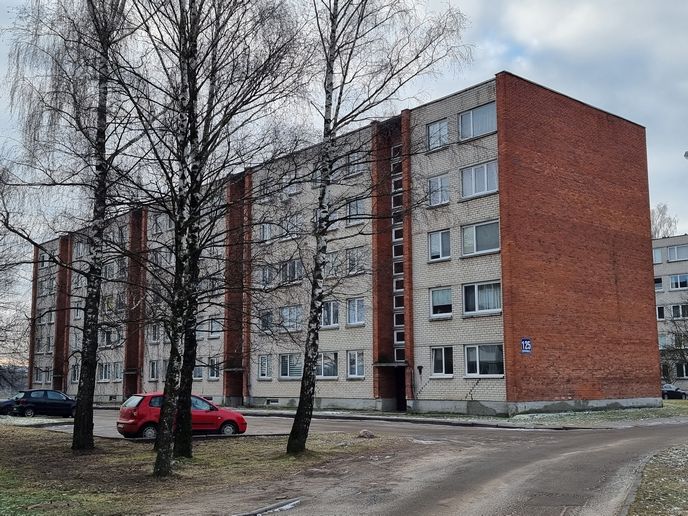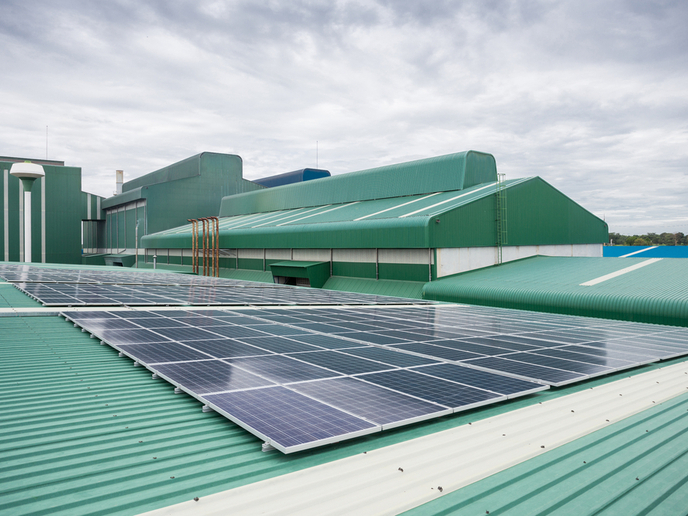Efficient, cost-effective energy upgrades for low-income households in multi-family buildings
The EU-funded ComAct(opens in new window) project is addressing energy poverty in Central and Eastern Europe and the Balkans. These regions are home to the most energy-poor populations in Europe, largely owing to energy-inefficient buildings that result in high energy bills and health problems. What is special in these regions is that most buildings are privately owned and house a diverse mix of residents, many of whom are struggling with energy poverty. “ComAct operates on the principle that building-level communities are unique entities, mostly functioning within legally binding frameworks. We understand that the operational challenges of these communities are a major obstacle to investing in energy efficiency,” notes project coordinator Zita Kakalejcikova. “To address this, we specifically target buildings that are on the brink of being able to undertake energy efficiency investments, with the help of standard national subsidy schemes.” Project aid to lower the threshold for such investments includes tailored technical advice, specific financial products and community empowerment.
Enlarging the scope of energy poor buildings
ComAct also recognises that energy efficiency in privately owned multi-family buildings requires coordinated action from the building community. “Despite policy support for energy-efficient renovation in many European countries, a considerable number of building owners cannot access such funding. Given this, we classify these buildings that cannot utilise these mainstream subsidy schemes as energy-poor,” explains Kakalejcikova. The project focused on 'energy poor buildings' which is particularly relevant in Central and Eastern Europe (CEE), the former Soviet Republics, and the Balkans, where the majority of the housing stock is composed by multi-apartment buildings with socially mixed household compositions, including a high share of energy poor homeowners. As most energy efficiency interventions need to be implemented at building level, recognising this type of energy poverty is critical to elevate energy efficiency discussions to a higher policy level.
Project activities
ComAct tested its concept in five countries – Bulgaria, Lithuania, Hungary, North Macedonia and Ukraine – chosen to represent different sub-regions of Central and Eastern Europe and the Balkans. A household survey was conducted across these pilot locations to identify energy-poor households, with 1 000 questionnaires distributed among 200 households in each country. “A survey with 1 000 households in the 5 pilot countries revealed that 25 % of lower-income households spend over 15 % of their income on energy, with 39 % struggling to keep warm and 44 % to keep cool. Single elderly women were identified as the most energy-poor group,” highlights Kakalejcikova. “We focused on creating strong communities – so-called ecosystems – of homeowners, local authorities, businesses, financial institutions and civil organisations interested in energy efficiency renovations. To this end, we implemented stakeholder engagement and community involvement strategies, established resource centres and incorporated local activists via stakeholder advisory groups,” adds Kakalejcikova. Capacity-building activities such as training, consultancy and coaching were also organised to enhance community engagement. ComAct connected homeowner associations with financial institutions to promote and test financial opportunities for energy efficiency upgrades. On the technical side, optimal energy efficiency solutions were developed, and energy audits were conducted to provide tailored advice. Energy poverty in households and buildings involves many factors such as income, energy prices and efficiency. “While low-income households are typically associated with energy poverty, we found that organisational issues often supercede income problems. Thus, poorer yet well-organised communities may benefit more from subsidy schemes than disorganised, wealthier ones,” concludes Kakalejcikova.







